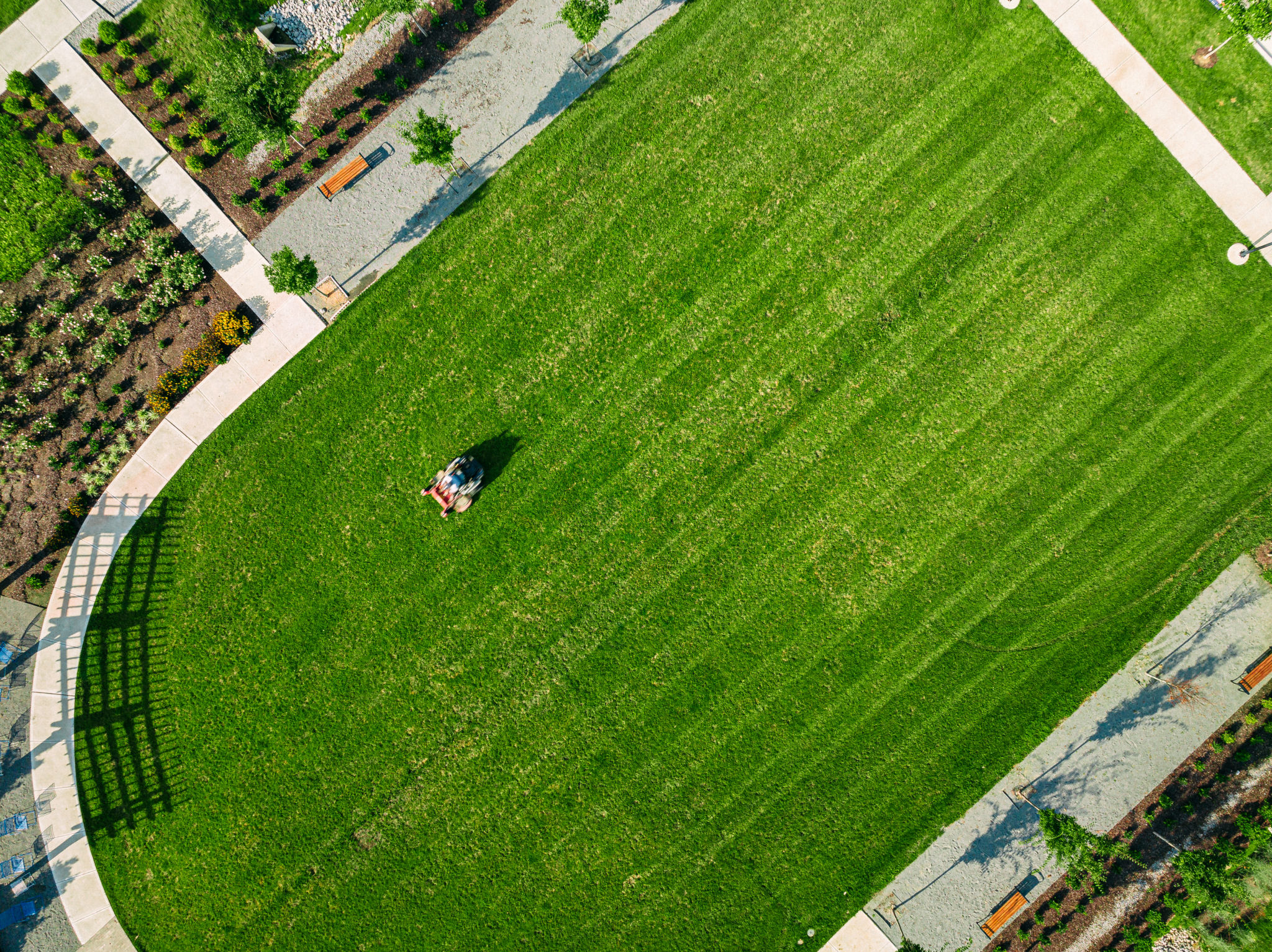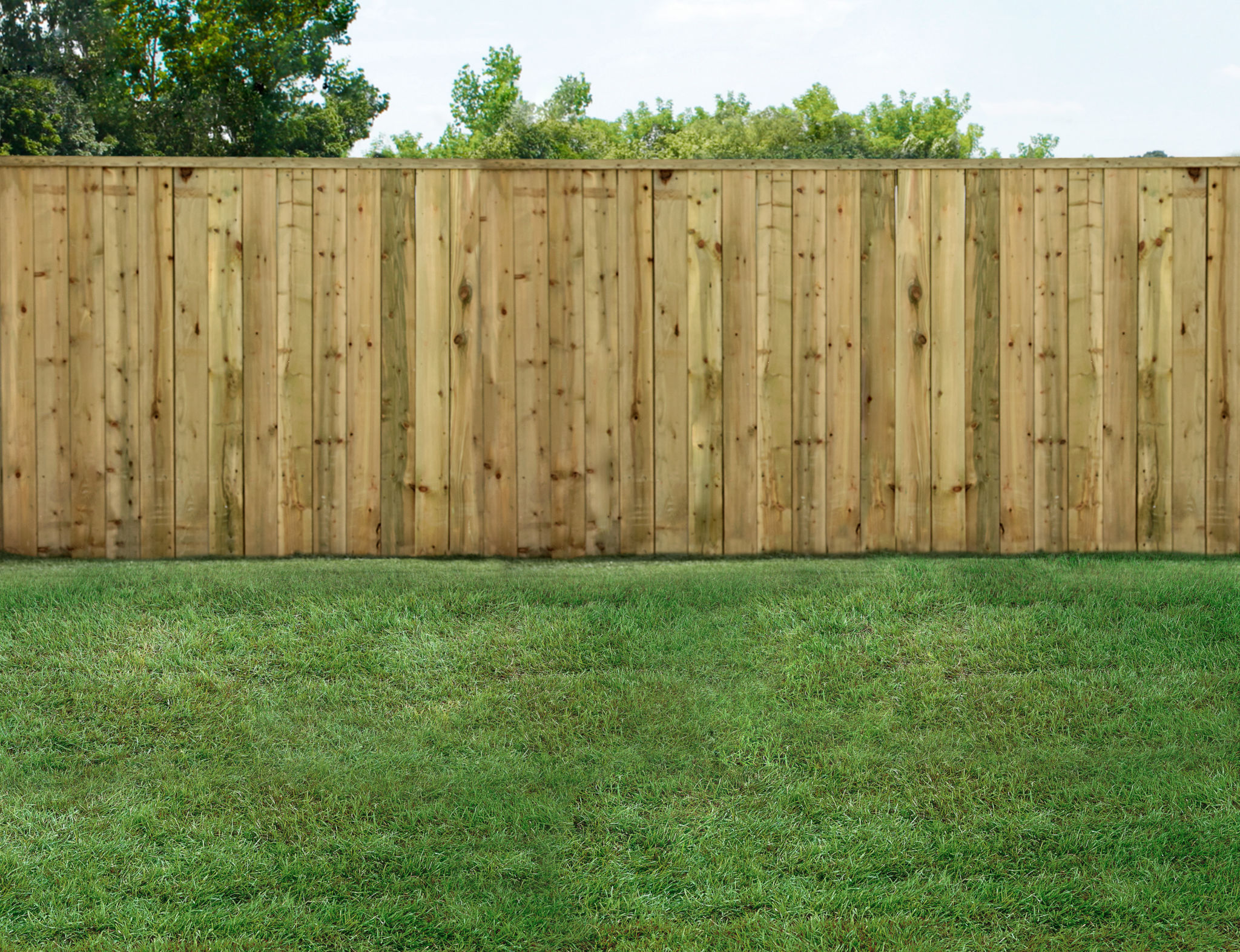Expert Lawn Care Tips for a Greener, Healthier Yard
Understanding Your Lawn's Needs
Achieving a lush, green lawn isn't just about regular mowing. Understanding the unique needs of your grass type is crucial. Different grasses thrive in varying climates and soil conditions. For instance, cool-season grasses like Kentucky bluegrass prefer cooler temperatures, while warm-season grasses such as Bermuda grass thrive in warmer climates. Knowing your grass type can help tailor your care routine effectively.

Soil Testing and Aeration
A healthy lawn starts from the ground up. Conducting a soil test can provide insight into nutrient deficiencies or pH imbalances. Once you have this information, you can amend the soil with the appropriate fertilizers. Additionally, aeration is essential to alleviate soil compaction, allowing water and nutrients to reach the roots more efficiently. Aerate your lawn annually for the best results.
Proper Mowing Techniques
Mowing might seem straightforward, but proper technique is vital for a healthy lawn. Keep your mower blades sharp to ensure clean cuts, preventing diseases. It's also important to mow at the right height; avoid cutting more than one-third of the grass height at a time. This practice helps maintain strong roots and reduces stress on your grass.

Watering Wisely
Watering is essential, but overwatering can be detrimental to your lawn's health. It's best to water deeply and infrequently, encouraging deep root growth. Early morning is the optimal time for watering, minimizing evaporation and allowing grass to dry before nightfall, reducing fungal risk. Aim for about an inch of water per week, including rainfall.
Fertilization and Weed Control
A balanced fertilization plan is key to a thriving lawn. Apply fertilizer during the growing season, following product recommendations for timing and quantity. Organic options are available for those seeking environmentally friendly alternatives. Regularly monitor for weeds, which compete with grass for nutrients and water. Hand-picking or applying pre-emergent herbicides can effectively manage weed growth.

Pest Management
Pests like grubs or chinch bugs can wreak havoc on your lawn if not controlled. Regular inspections can help identify pest issues early. Integrated pest management (IPM) techniques focus on long-term prevention and control through natural methods before resorting to chemical treatments. Encouraging beneficial insects and maintaining healthy soil are part of this approach.
Seasonal Lawn Care Tips
Adapting your lawn care routine to the seasons ensures year-round health. In spring, focus on cleaning up debris and preparing your soil with aeration and fertilization. Summer requires diligent watering and mowing adjustments to combat heat stress. Fall is ideal for overseeding and addressing bare patches, while winter involves minimal maintenance, primarily clearing debris and avoiding foot traffic on frosted grass.

Conclusion: Commitment to Consistency
A greener, healthier yard is within reach with commitment and consistency. Regularly assess your lawn's needs and adjust your care routine as necessary. With the right knowledge and effort, your lawn can become a beautiful outdoor space that enhances the aesthetic of your home and provides a welcoming environment for relaxation and play.